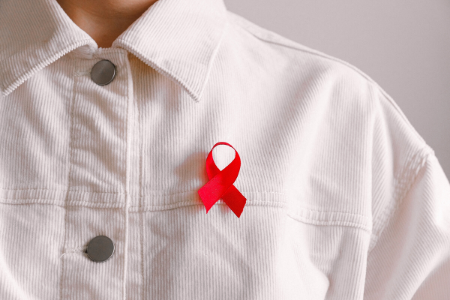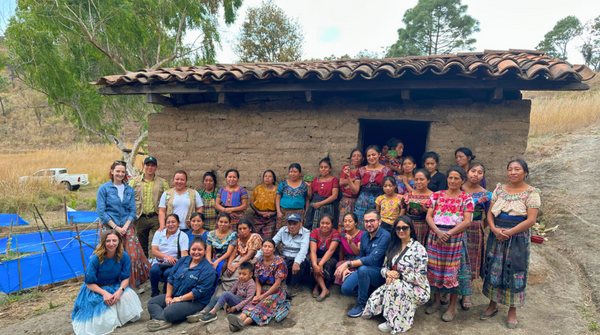HIV and use of the Lucky Shakti Leaf to improve iron status

APRIL 6, 2020
HIV-infected people suffer from iron deficiency anemia, especially in the developing world.
The body principally uses iron to produce hemoglobin which is essential for normal health. Hemoglobin is packed into red-blood cells and is used to transport oxygen from the lungs to body tissues and to remove waste carbon dioxide and bring it back to the lungs to be exhaled.
Clinicians measure hemoglobin levels as a proxy for the iron status of an individual. Although the levels of hemoglobin in the blood fluctuate slightly there is an established ‘normal’ range for this compound. If the hemoglobin levels fall below this normal range, then the person is said to be anemic. There are different causes of anemia but the most common type of anemia is when the body does not have enough iron to make hemoglobin. This is referred to as iron deficiency anemia
The etiology of the iron deficiency anemia in HIV-patients is likely due to three inter-related reasons:
(1) a reduction in the ability of the intestine to absorb enough iron from the diet – this is especially true if the levels of iron are low in the diet – in this circumstance the body literally does not have enough iron to make hemoglobin;
(2) chronic infections like HIV depress the normal activity of the bone marrow (the factory for producing red blood cells and filling the red blood cells with iron-rich hemoglobin) so the body does not make enough hemoglobin; and
(3) the virus itself appears to compete for iron in the blood which limits the amount of iron that is available in the bone marrow to be formed into hemoglobin.
There are two further challenges in dealing with HIV-patients who are suffering from iron deficiency anemia: first, antiretroviral (ARV) drugs directly reduce the ability of the intestines to absorb iron; and second, the virus has a complicated relationship with iron – the virus induces iron deficiency anemia which affects the person’s ability to fight off other infections but the disease state progresses faster with iron supplements.
Many HIV-infected people in the developing world are therefore anemic and iron deficiency anemia is itself associated with increased risk of contracting other diseases and poorer quality of life.
In two different clinical trials, researchers have shown that using the Lucky Shakti Leaf regularly improves iron status without affecting the progress of the disease. This result is different from using iron supplements to combat the anemia where there is a clear link to increased progression of the disease.

The participants in the trials have significantly improved hemoglobin levels and there is a reduction in the prevalence of anemia after 6 months of regular use. Regular use of the Leaf is not associated with an increase in the viral load nor CD4+ count (two indicators used to monitor the progress of the disease). People using the Leaf report that they have more energy, can concentrate for longer-periods and suffer from fewer headaches on a regular basis.
It is likely that the positive results obtained using the Leaf compared with iron pills or powders is that iron levels derived from the Leaf are much lower than those used in pills.




